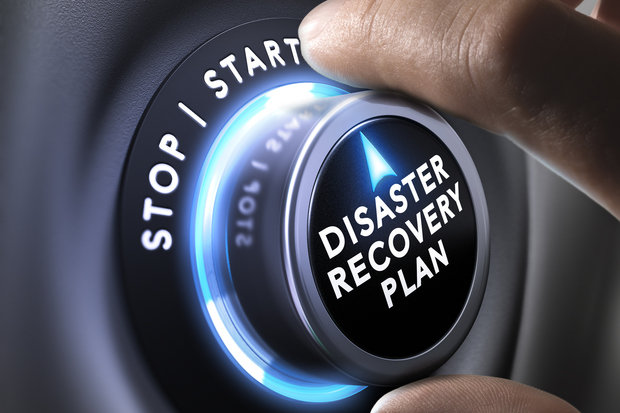What is a Disaster Recovery Plan – A disaster recovery plan is abbreviated as DRP, which is also called disaster recovery implementation plan or IT disaster recovery plan is a documented policy to protect an IT infrastructure from the disaster and promote recovery. After a natural catastrophe, a cyber-assault, or even economic interruptions caused by the COVID-19 pandemic, disaster recovery is an organization’s way of restoring access and functioning to its IT infrastructure. A disaster recovery strategy might include a number of disaster recovery (DR) strategies. One component of business continuity is disaster recovery.
MEANING OF DISASTER RECOVERY PLAN
Disaster can be Natural or man-made such as. Fires in organizations, Oil Spills, Industrial accidents Disasters are natural or man-made, Nuclear Explosions. In the case of Man-made: Nuclear War, Global Warming, and Terrorism on the other hand Natural Disasters Are earthquakes, Flood, Heat Waves, Cyclones, Tsunamis, Tornadoes, etc.
HOW DOES DISASTER RECOVERY PLAN WORK?
Data and computer processes are replicated at an off-premises location that is not affected by the event for disaster recovery. When a business’s servers go down due to a natural disaster, equipment failure, or a cyber-assault, the company must restore lost data from a backup site. In an ideal world, an organization’s computer processing might be transferred to that remote site as well, allowing it to continue operations.
WHO PREPARED DISASTER RECOVERY PLAN?
The Disaster Recovery Committee has created the Disaster Recovery Plan which included all critical departments or areas of the department’s functions. The DRC (Disaster Recovery Committee) at least one person from management, computers, risk management, records management, security, and facility maintenance should be present. It is the committee’s job to create a schedule in order to establish a fair timeframe for finishing the written plan.
They are also in charge of determining which departments are important and which are not. A procedure used to determine the critical needs of a department is to document all the functions performed by each department. Once the primary functions have been recognized, the operations and processes are then ranked in order of priority: essential, important, and non-essential.
TOP 5 ELEMENTS OF A SUCCESSFUL DISASTER RECOVERY PLAN
- Disaster Recovery Team:
The Assigned high-quality team will be responsible for creating, implementing, and managing the DRP (Disaster Recovery Plan). Each team member knows their roles and responsibilities. If a disaster happens in the organization the disaster recovery team know how to communicate with internal stakeholder and external stakeholders.
- Risk Evaluation:
Evaluate possible dangers that might jeopardize your organization. Determine what actions and resources will be required to restart operations based on the kind of incident. For example, what data protection measures would the recovery team have in place to respond to a cyber attack?
- Identification of business-critical assets:
The Disaster Recovery plan includes the important documentation of which system, application, data, and other resources are the most vital for the business endurance
- Backups:
Backups are important to determine what needs backups, backups should be performed by whoever, and backups should be executed in what manner. Include a recovery point objective (RPO) that specifies the frequency of backups, as well as a recovery time objective (RTO) that specifies the maximum amount of downtime that can be tolerated after a disaster. These metrics provide boundaries to guide the selection of IT strategy, processes, and procedures that comprise an organization’s disaster recovery plan. The amount of downtime that a company can tolerate and how regularly it backs up its data will influence the disaster recovery plan.
- Optimization & Testing:
The recovery team should continually test and update its strategy to address ever-evolving threats and business needs. By continually ensuring that a company is ready to face the worst-case scenarios in disaster situations, it can successfully navigate such challenges. In planning how to respond to a cyberattack, for example, it’s important that organizations continually test and optimize their security and data protection strategies and have protective measures in place to detect potential security breaches.
Basically, any disaster recovery plan involves various analyses of the business process and the continuity it requires. Before preparing any disaster recovery plan a vendor prepares a complete BIA & RA – Business Impact Analysis and Risk Analysis. Further, it also checks the RTO – Recovery Time Objective & RPO – Recovery Point objective. A good plan must be defined by proper roles and responsibilities by the Disaster recovery team. This includes Preventive measures, Detective measures and Corrective measures – All these points we will be covering in our future blog post in order to show you how you can deal properly with Disaster recovery.

